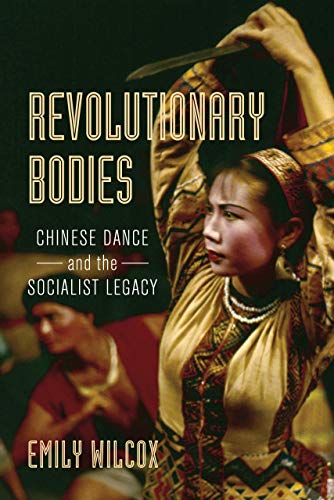Africa and Chinese Black-Face
/In the last two weeks America has been shocked by Black-Face and a Lynching Hoax. We need humor now more than ever.
Virginia, which has unofficially been designated a “swamp state,” has a governor who just got caught having performed in Black-Face many years ago. As did the Virginia DA, I think, and some other guy is accused of…wait for it…transgressive sex at sometime in the past. Who knows where it will go. But it unearthed a large number of people who have done some version of Black-Face…in the past.
We used to have a lunch item called a Hero-Sandwich, but it has been re-named, the Victim-Sandwich. The Lynching Hoax happened at 2am in Chicago during the coldest night ever, it was negative 300 degrees, or something. It also involved a sandwich, some bleach and two Nigerians. I am not providing links, if you missed these things you are blessed.
I feel motivated to say, on a serious note, that as someone who taught martial arts as world-dance for many years in San Francisco public schools, one of the biggest problems is the use of the N-word by black students. My opinion is that the practice should be discussed everyday until it stops. Make it the only conversation. It is deeply harmful to society, it makes education painful, and it needs to stop.
While Black-Face may be offensive, it is almost always used for humor. Or at least it used to be before humor was banned. Anyway, humor was banned in China in the 1960s and they got excited about Black-Face as propaganda. This link is to a dance video and you will find it fantastic if you are a collector of Communist Propaganda. (Make sure you hit the enlarge button). It’s from this book, which has a bunch of cool videos connected to it: Revolutionary Bodies—Chinese Dance and the Socialist Legacy, by Emily Wilcox. The clip is an excerpt of “Fires of Fury Are Burning,” from Sun Rises in the East. August First Film Studio, 1964.
…“Fires of Fury Are Burning” (Nuhuo zai ranshao) [was produced] by the PLA General Political Department Song and Dance Ensemble, a small-scale dance drama about racial discrimination in the United States that melded Chinese military dance with Afro-diasporic movement and racial impersonation, offering a message in support of African-American civil rights. Among the many striking images in this dance are an altercation in which a white police officer, who is exposed as a member of the Ku Klux Klan, brutalizes a black boy, which is followed by a battle in which a multiracial group of protestors battles the KKK set against a backdrop of the US Capitol and a giant cross.
This is a fascinating article about the affects Africa is having on China. China has been steadily increasing its influence in Africa through investment and construction. When I first heard this was happening, about fifteen years ago, my first thought was, oh, I bet Chinese and Africans will bond of over religion. It is happening! Not quite the way I predicted (chicken sacrifice and trance-mediums) but it is happening nonetheless.
Meanwhile, self-censorship in academia is getting worse, fast. Bummer. But good article.
Ai Weiwei is blaming the US and Canada for making China worse. He is right. We need start using our trade and military prowess to stop China’s turn for the worse. If you are anywhere near Toronto, go see the show!
Ai Weiwei, Dropping a Han Dynasty Urn (1995). Courtesy of Ai Weiwei Studio and the Gardiner Museum.











